Home>Gardening & Outdoor>Landscaping Ideas>How Often Should We Water Grass
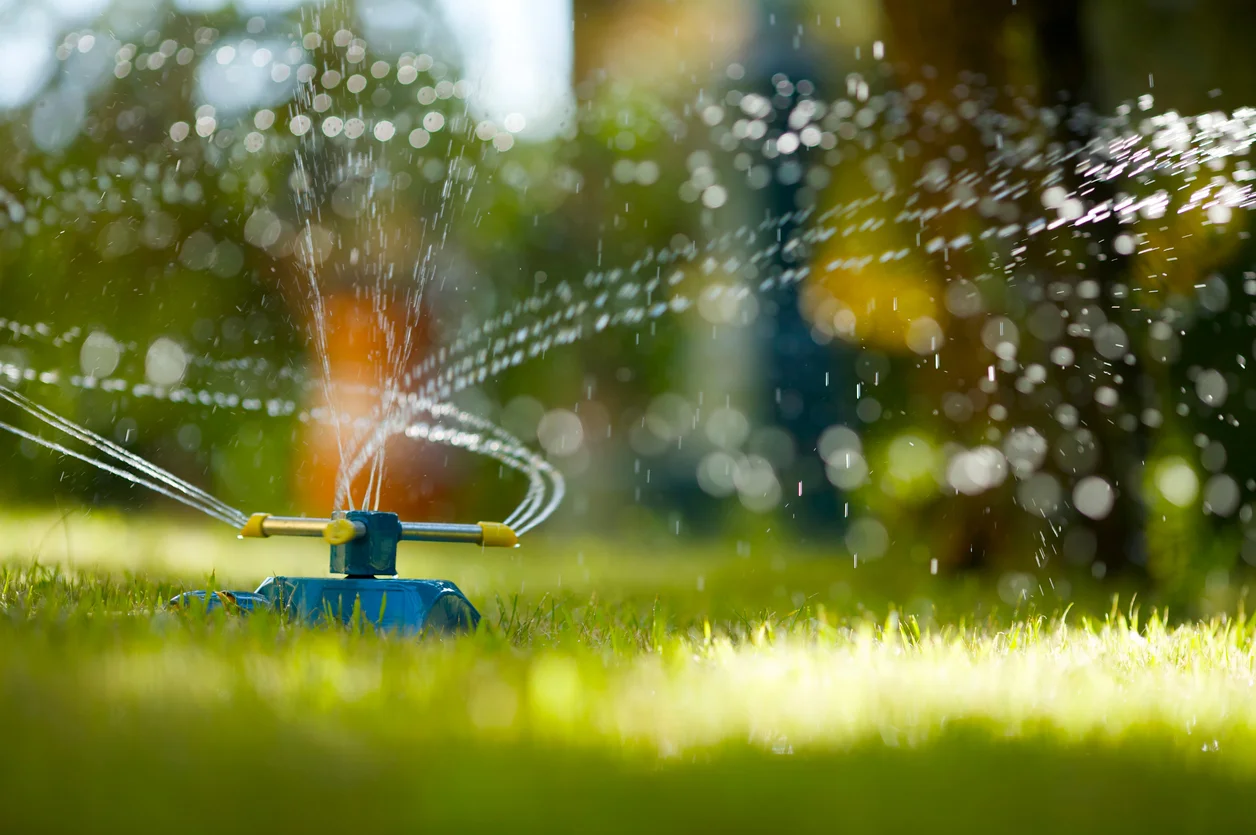

Landscaping Ideas
How Often Should We Water Grass
Modified: April 23, 2024
Learn the best landscaping ideas for watering grass effectively and maintaining a lush, healthy lawn. Discover how often to water your grass for optimal growth and sustainability.
(Many of the links in this article redirect to a specific reviewed product. Your purchase of these products through affiliate links helps to generate commission for Storables.com, at no extra cost. Learn more)
**
Introduction
**
Maintaining a lush, vibrant lawn requires a delicate balance of care and attention, with one of the most crucial factors being proper watering. Determining the ideal watering frequency for your grass can be a perplexing task, as it hinges on various elements such as climate, soil type, grass species, and more. Understanding these factors and their influence on the watering needs of your lawn is essential for fostering healthy and resilient turf.
In this comprehensive guide, we will delve into the art of watering grass, addressing the pivotal aspects that dictate the frequency and quantity of water your lawn necessitates. By exploring the diverse types of grass and their unique watering requirements, recognizing the telltale signs of overwatering and underwatering, and embracing best practices for watering, you will be empowered to nurture a verdant and thriving lawn that becomes the envy of the neighborhood.
Join us as we embark on a journey to unravel the mysteries of grass watering, equipping you with the knowledge and insights needed to elevate your lawn care prowess and cultivate a stunning expanse of emerald green grass. Let's delve into the depths of this essential lawn care practice, demystifying the art of watering grass to foster a landscape of unparalleled beauty and vitality.
Key Takeaways:
- Understanding the factors that influence how often to water your grass, such as climate, soil type, and grass species, is crucial for maintaining a healthy and vibrant lawn.
- By recognizing the signs of overwatering and underwatering, adjusting your watering practices, and embracing best watering practices, you can nurture a resilient and lush green landscape.
Read more: How Often Should I Water My New Landscaping
Factors Affecting Grass Watering Frequency
Several crucial factors play a pivotal role in determining the frequency at which grass should be watered. Understanding these elements is fundamental to tailoring your watering regimen to meet the specific needs of your lawn, fostering optimal growth and health.
Climate: The prevailing climate in your region stands as a primary influencer of your grass watering schedule. Areas characterized by scorching temperatures and arid conditions demand more frequent watering to combat moisture loss, while regions with cooler, more temperate climates necessitate less frequent irrigation.
Soil Type: The composition of your soil profoundly impacts its water retention capabilities. Sandy soils drain water rapidly, necessitating more frequent watering sessions, whereas clay soils retain moisture for more extended periods, requiring less frequent irrigation.
Grass Type: Different grass species exhibit varying tolerance levels and water requirements. Warm-season grasses such as Bermuda and Zoysia thrive in hot climates and necessitate more frequent watering, while cool-season grasses like Kentucky Bluegrass and Fescue fare better in cooler conditions, requiring less frequent irrigation.
Sun Exposure: The amount of sunlight your lawn receives directly influences its water needs. Areas with ample sun exposure may require more frequent watering to offset the accelerated evaporation of moisture, while shaded regions may necessitate less frequent irrigation.
Seasonal Variations: As the seasons change, so do the watering requirements of your lawn. During the scorching heat of summer, increased watering is often essential to sustain grass health, while in cooler months, the frequency of watering can be reduced to accommodate lower water evaporation rates.
Lawn Mowing Practices: The height at which you mow your grass can impact its water needs. Taller grass shades the soil, reducing water evaporation and promoting moisture retention, thereby decreasing the frequency of watering required.
By considering and adapting to these influential factors, you can tailor your grass watering frequency to align with the specific needs of your lawn, fostering a thriving and resilient turf that flourishes under your attentive care.
Types of Grass and Their Watering Needs
The diverse array of grass species each possesses unique characteristics and watering requirements, necessitating a tailored approach to lawn care that accommodates their individual needs. Understanding the distinct traits of various grass types is essential for optimizing your watering practices and fostering a healthy, vibrant lawn.
Bermuda Grass: Known for its exceptional heat tolerance, Bermuda grass thrives in warm climates and requires frequent watering to sustain its lush, green appearance. During periods of intense heat, this grass variety may necessitate daily watering to combat moisture loss.
Zoysia Grass: Renowned for its resilience and ability to withstand drought, Zoysia grass exhibits moderate water requirements. While it can endure brief periods of dryness, regular watering is essential to maintain its color and vigor, particularly in hot, arid climates.
Kentucky Bluegrass: This cool-season grass variety flourishes in temperate climates and necessitates moderate watering. Regular, deep watering sessions are beneficial to promote robust root development and enhance the grass’s ability to withstand periods of heat and dryness.
Fescue: Exhibiting remarkable shade tolerance and adaptability, Fescue grass thrives in cooler regions and requires moderate watering. Its ability to endure lower water availability makes it a suitable choice for areas with less frequent rainfall or limited irrigation capabilities.
Centipede Grass: Recognized for its low maintenance requirements, Centipede grass displays moderate drought tolerance and necessitates infrequent watering. Its ability to thrive in acidic, low-nutrient soils further reduces its water needs, making it an excellent choice for regions with water restrictions or limited access to irrigation.
By familiarizing yourself with the distinctive characteristics and watering needs of various grass types, you can tailor your watering practices to suit the specific requirements of your lawn, ensuring that each blade of grass receives the care and attention needed to flourish and thrive.
Water your grass deeply and infrequently, about 1-1.5 inches per week. It’s better to water in the morning to reduce evaporation and prevent disease. Adjust based on weather and soil type.
Signs of Overwatering and Underwatering
Recognizing the signs of overwatering and underwatering is crucial for maintaining the health and vitality of your lawn. By discerning these indicators, you can adjust your watering practices to ensure that your grass receives the optimal amount of moisture, fostering robust growth and resilience.
Signs of Overwatering:
- Soggy Soil: Overwatered lawns often exhibit soil that feels excessively wet and spongy to the touch, indicating an accumulation of water that surpasses the soil’s capacity to absorb it.
- Foul Odor: Excessive moisture can lead to anaerobic conditions in the soil, resulting in a foul, musty odor emanating from the lawn.
- Mold and Fungus: Overwatering fosters the growth of mold, mildew, and fungal infections, manifesting as unsightly patches or powdery coatings on the grass blades.
- Yellowing and Wilting: Despite the abundance of water, overwatered grass may display signs of distress, including yellowing or wilting, as the roots suffocate due to waterlogged soil.
- Increased Weed Growth: Excessive watering can create favorable conditions for weed proliferation, leading to an influx of invasive plants within the lawn.
Signs of Underwatering:
- Dry, Cracked Soil: Insufficient watering causes the soil to become dry and cracked, impeding the grass’s access to vital moisture and nutrients.
- Fading Color: Underwatered grass often exhibits a faded, lackluster appearance, with blades losing their vibrant hue and vitality.
- Slow Growth: Inadequate moisture stunts the growth of grass, resulting in a sparse, patchy lawn with diminished density and coverage.
- Footprints Remain: When walked upon, underwatered grass fails to spring back, leaving behind visible footprints that persist for an extended period.
- Heat Stress: Underwatered lawns are more susceptible to heat stress, with grass blades becoming brittle and prone to browning, particularly in scorching temperatures.
By remaining vigilant for these telltale signs, you can adjust your watering regimen to rectify any imbalances and ensure that your lawn receives the precise amount of water it requires to thrive. This proactive approach to lawn care enables you to cultivate a resilient, verdant expanse of grass that exudes vitality and beauty.
Best Practices for Watering Grass
Implementing best practices for watering grass is essential for nurturing a healthy, resilient lawn that flourishes under your attentive care. By adhering to these guidelines, you can optimize your watering regimen to meet the specific needs of your grass, fostering lush growth and vibrant greenery.
Watering Schedule: Establish a consistent watering schedule to provide your lawn with regular moisture while minimizing the risk of overwatering. Early morning is often the optimal time for watering, as it allows the grass to absorb moisture before the heat of the day leads to excessive evaporation.
Deep Watering: Encourage robust root development by engaging in deep watering sessions that penetrate the soil and reach the grass’s root zone. This promotes stronger, more resilient grass that can withstand periods of drought and stress.
Watering Depth: Aim to deliver approximately 1 to 1.5 inches of water per week, either through rainfall or irrigation. Measuring the depth of water penetration with a rain gauge or a collection of shallow containers can provide insight into the effectiveness of your watering efforts.
Water Conservation: Embrace water conservation practices by utilizing rain barrels to collect and store rainwater for later use in watering your lawn. Additionally, consider employing drip irrigation systems or soaker hoses to deliver water directly to the root zone, minimizing waste and maximizing efficiency.
Monitoring Soil Moisture: Regularly assess the moisture levels of your soil to gauge the necessity of watering. Utilize a soil moisture meter or simply perform a manual inspection to determine whether your lawn requires additional moisture.
Grass Resilience: Encourage the resilience of your grass by allowing the soil to partially dry between watering sessions. This prompts the grass to develop deeper roots as it seeks out moisture, enhancing its ability to withstand periods of water scarcity.
Adjusting for Seasonal Variations: Modify your watering practices in response to seasonal changes, increasing the frequency of watering during periods of intense heat and decreasing it during cooler, wetter months to align with the evolving needs of your lawn.
By embracing these best practices for watering grass, you can cultivate a stunning, vibrant lawn that radiates health and vitality. Tailoring your watering regimen to align with the specific needs of your grass empowers you to become a steward of a thriving landscape, replete with lush, resilient greenery that captivates the eye and enriches the outdoor environment.
Read more: Why We Should Plant Greenery
Conclusion
Embarking on the journey to master the art of watering grass unveils a world of intricacies and nuances, each contributing to the vitality and beauty of your lawn. By delving into the multifaceted factors that influence grass watering frequency, understanding the unique needs of various grass types, and recognizing the telltale signs of overwatering and underwatering, you have equipped yourself with the knowledge and insights needed to elevate your lawn care endeavors.
Embracing best practices for watering grass empowers you to become a steward of a thriving landscape, where lush, resilient greenery flourishes under your attentive care. By establishing a consistent watering schedule, engaging in deep watering practices, and monitoring soil moisture, you can optimize your watering regimen to meet the specific needs of your lawn, fostering robust growth and vibrant greenery.
As you navigate the ever-changing seasons and climatic variations, your adaptability in modifying your watering practices ensures that your lawn remains resilient and vibrant, capable of withstanding the diverse challenges it may encounter. By conserving water, encouraging grass resilience, and adjusting your approach to align with seasonal variations, you demonstrate a commitment to fostering a sustainable, healthy lawn that enhances the beauty of your outdoor environment.
Armed with this comprehensive understanding of grass watering, you are poised to embark on a journey of nurturing a stunning, verdant landscape that becomes the envy of the neighborhood. By infusing your lawn care practices with knowledge, intention, and attentiveness, you cultivate a living tapestry of greenery that captivates the eye and enriches the outdoor spaces you cherish.
So, as you tread upon the path of lawn care mastery, may your efforts yield a resplendent expanse of grass, teeming with vitality and exuding the timeless allure of a well-tended landscape.
Frequently Asked Questions about How Often Should We Water Grass
Was this page helpful?
At Storables.com, we guarantee accurate and reliable information. Our content, validated by Expert Board Contributors, is crafted following stringent Editorial Policies. We're committed to providing you with well-researched, expert-backed insights for all your informational needs.
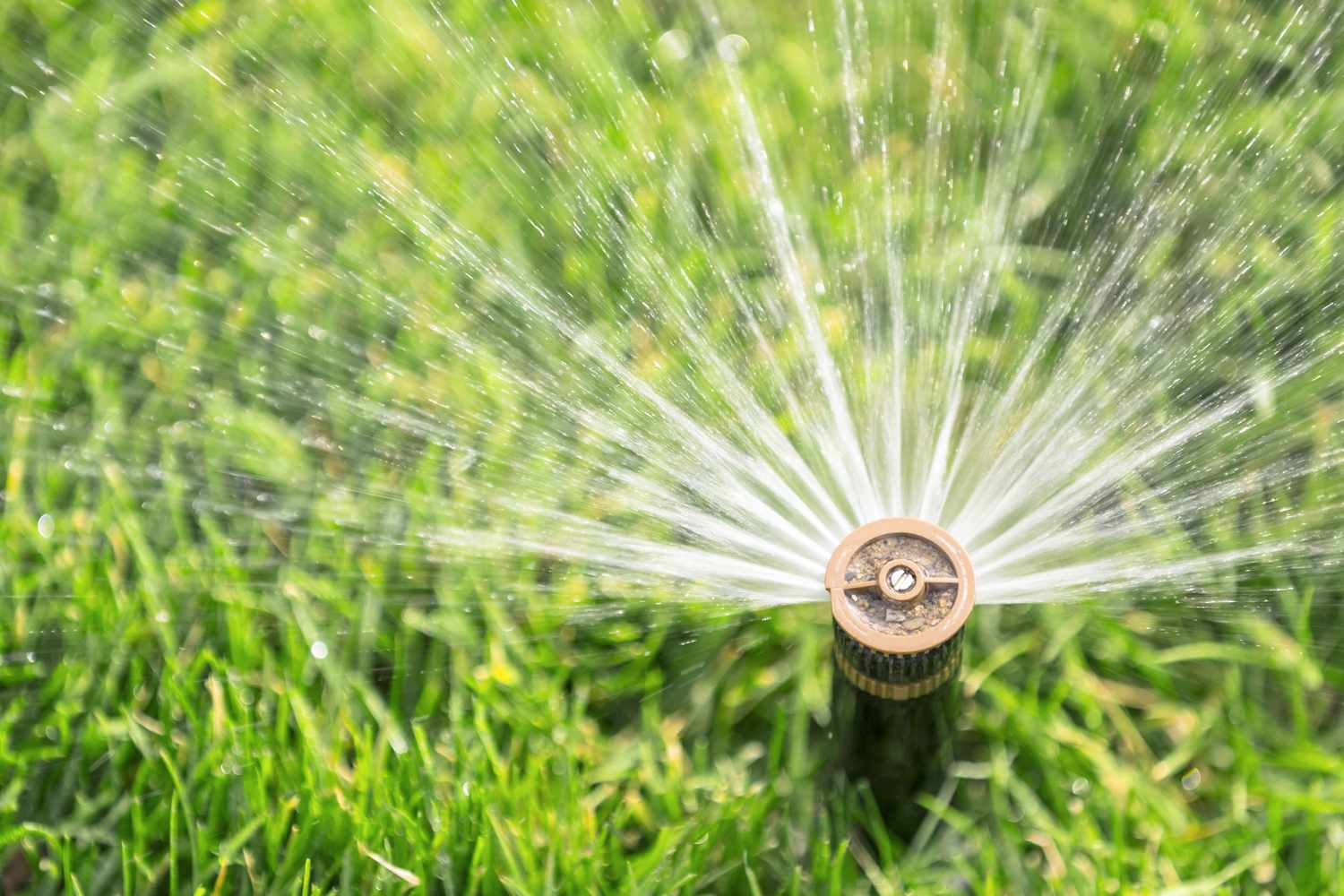
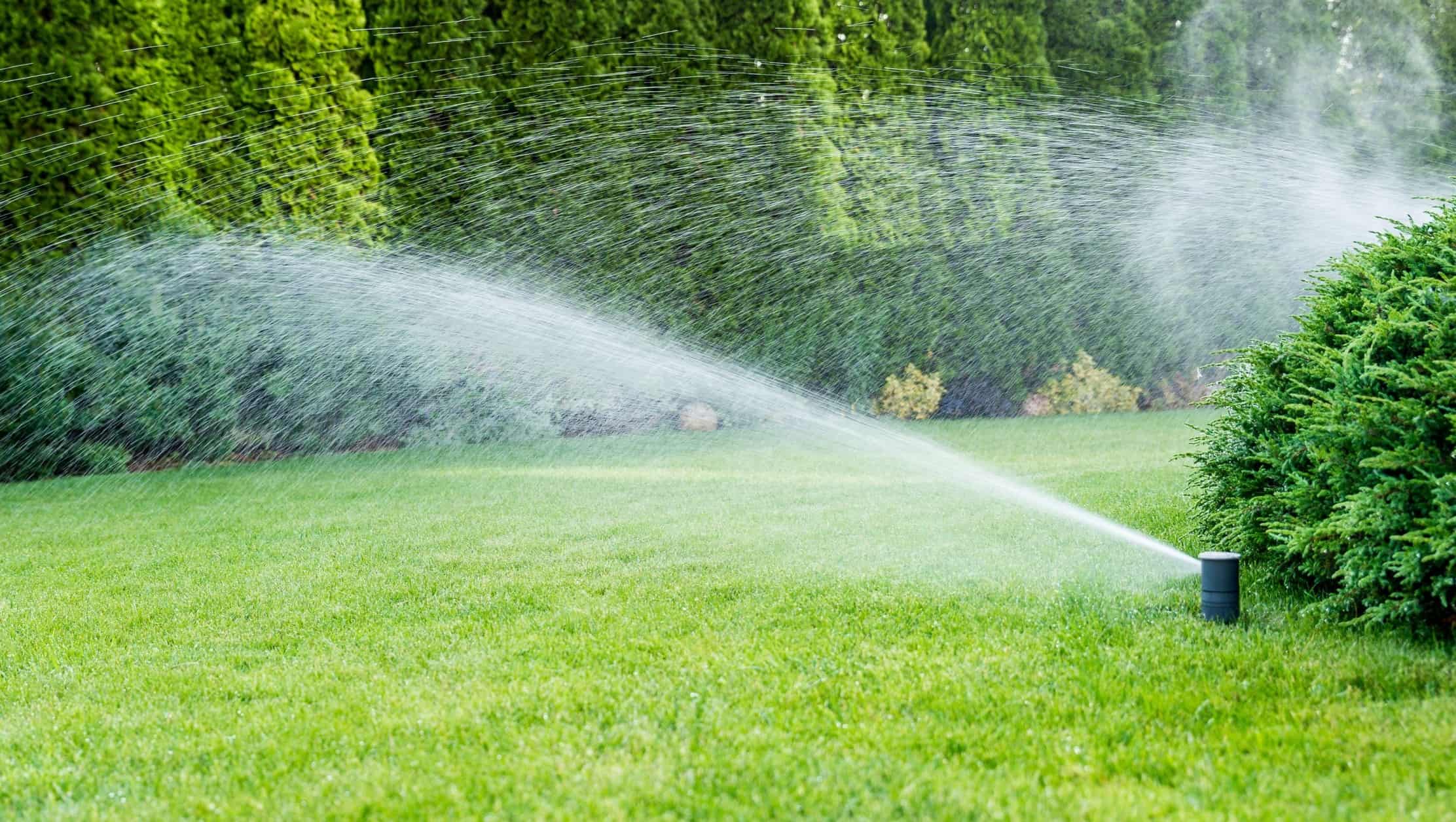
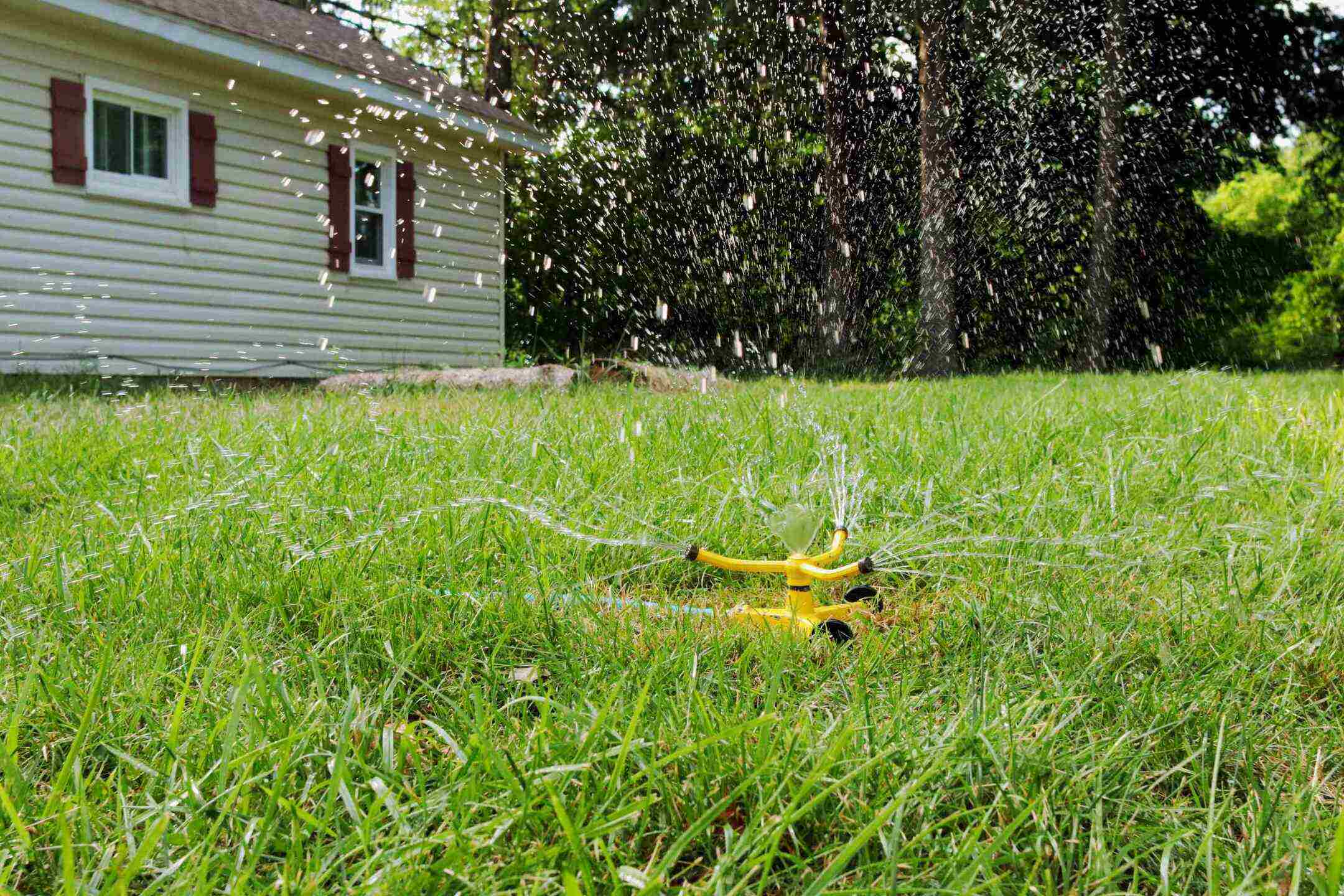
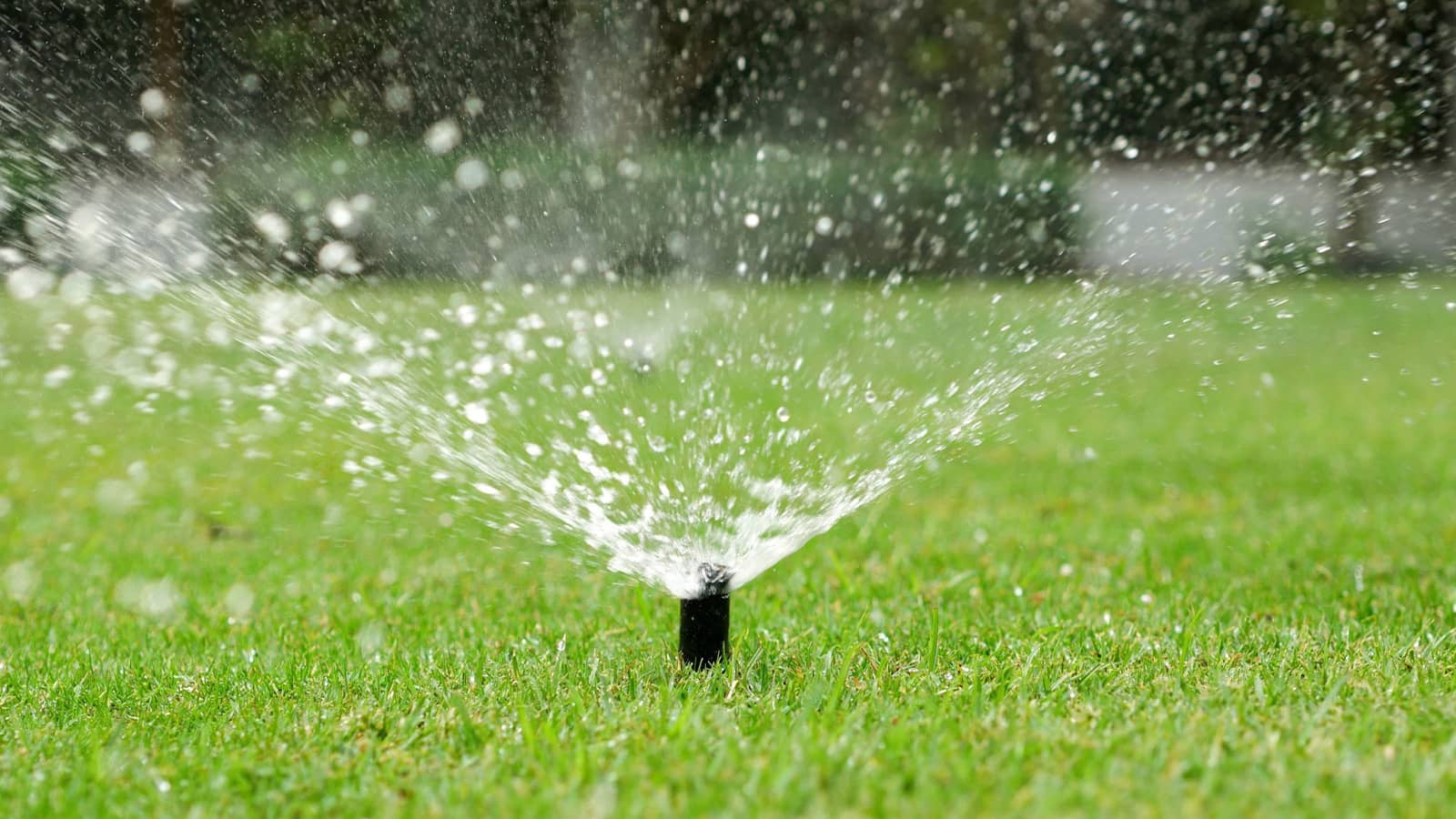
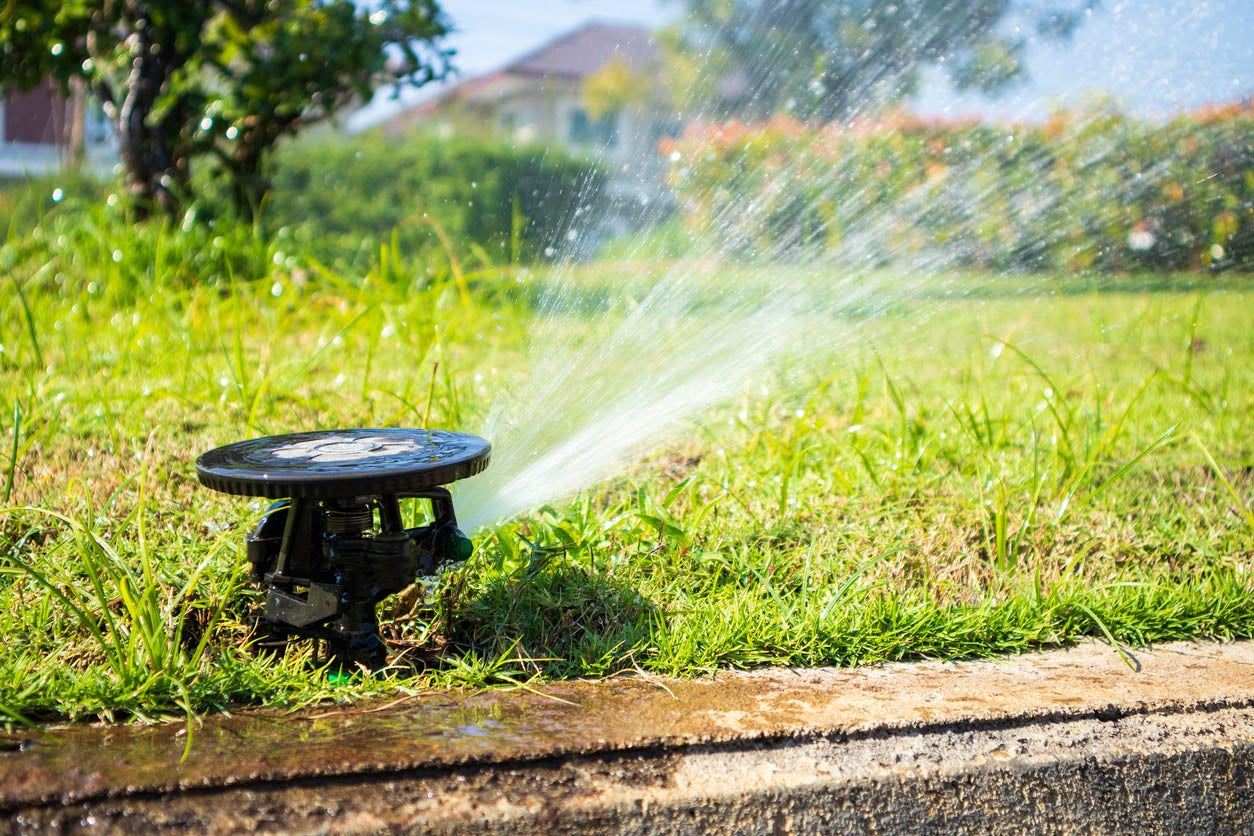
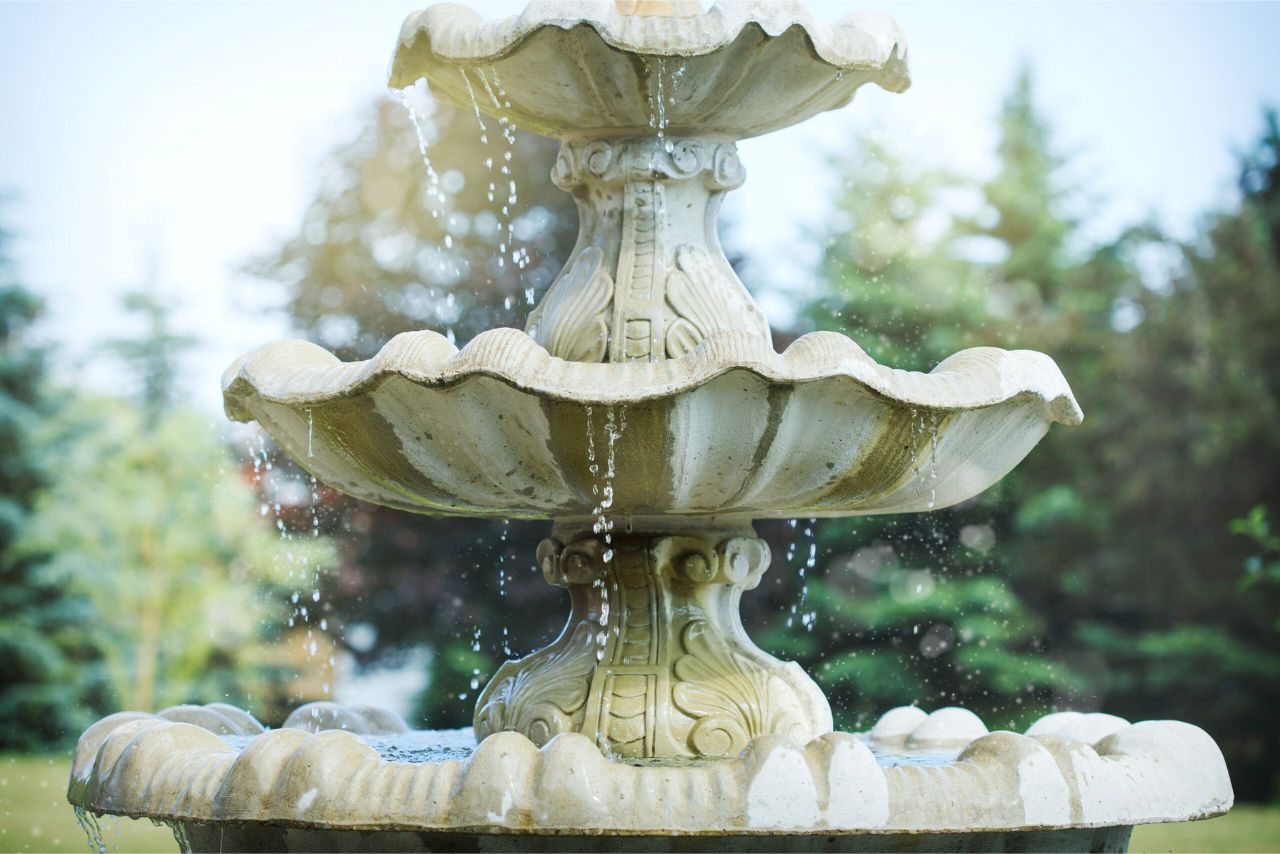
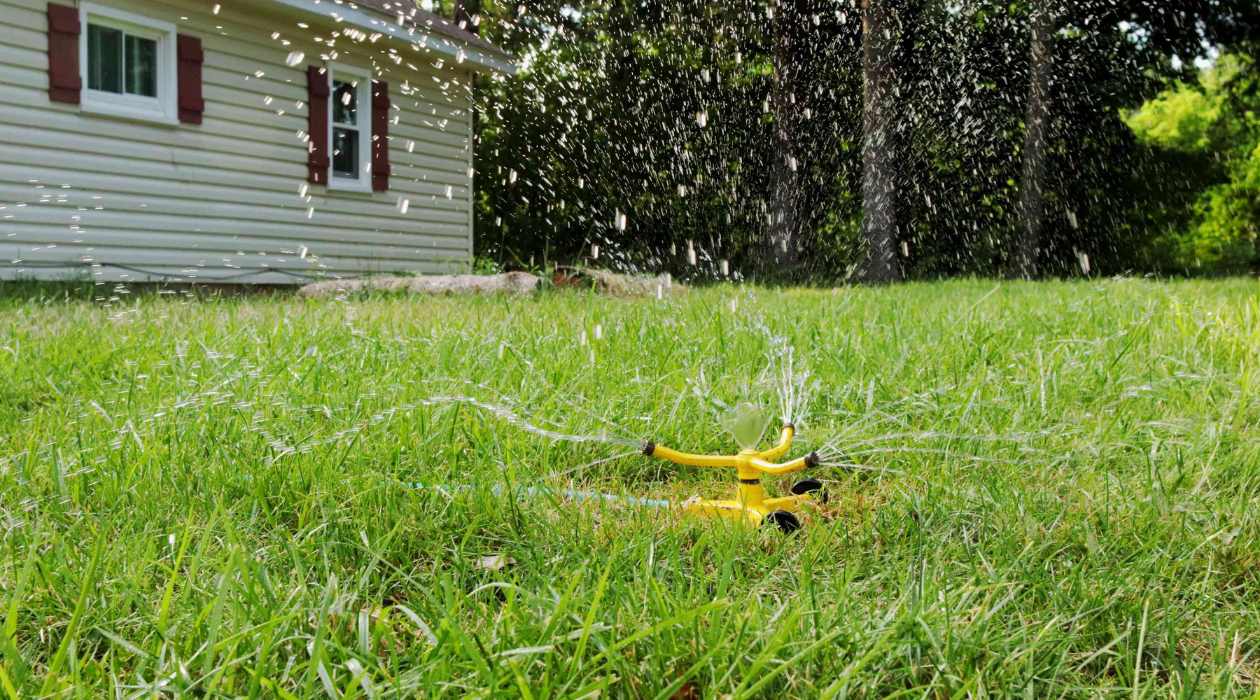
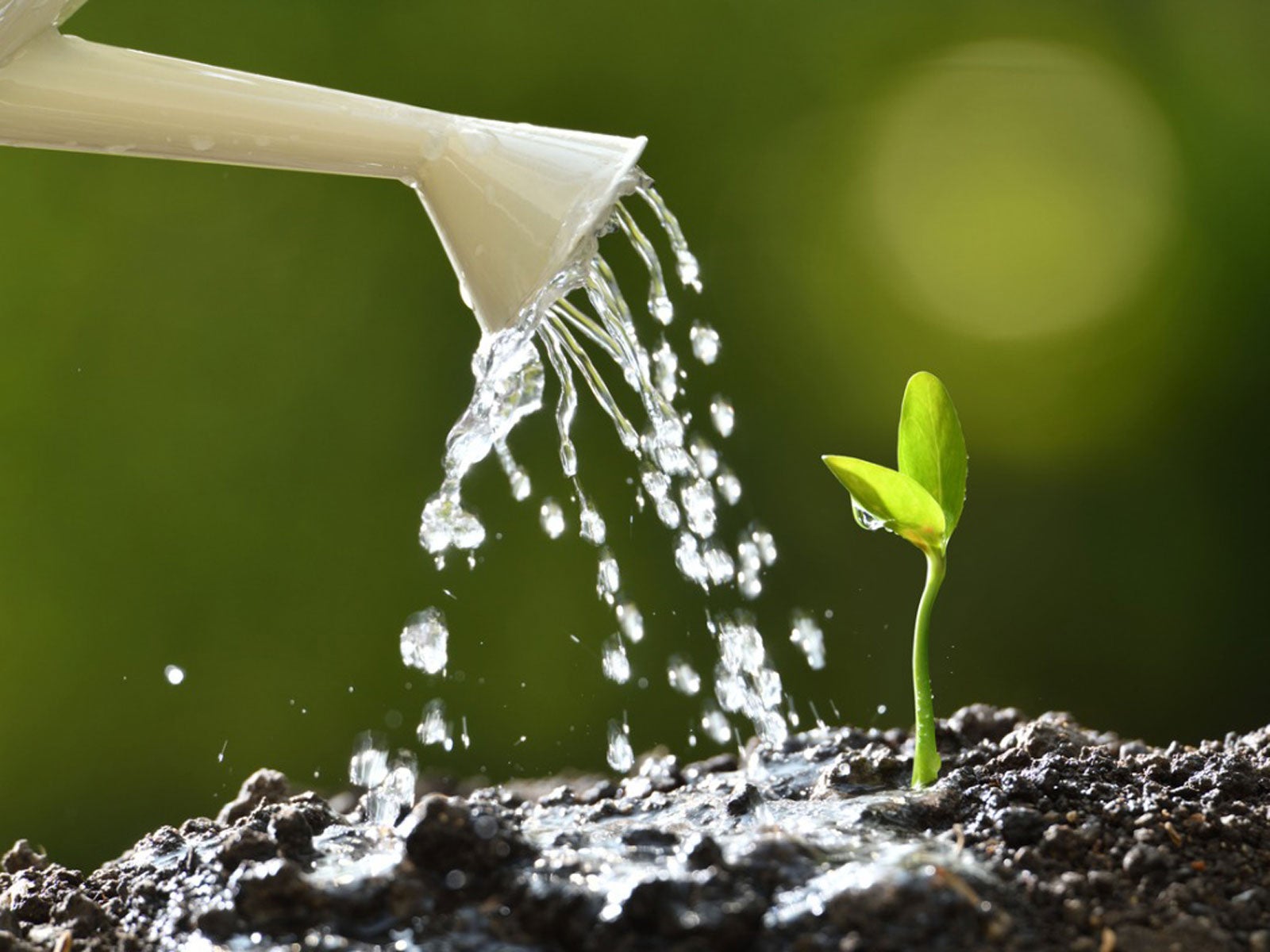
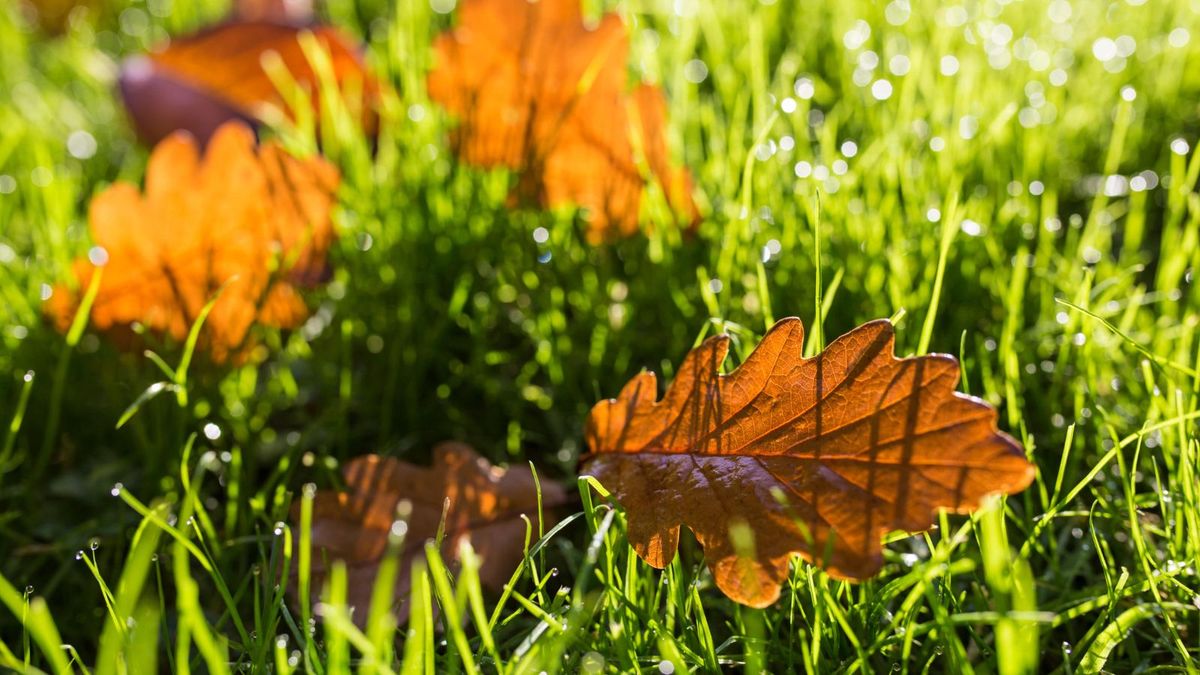
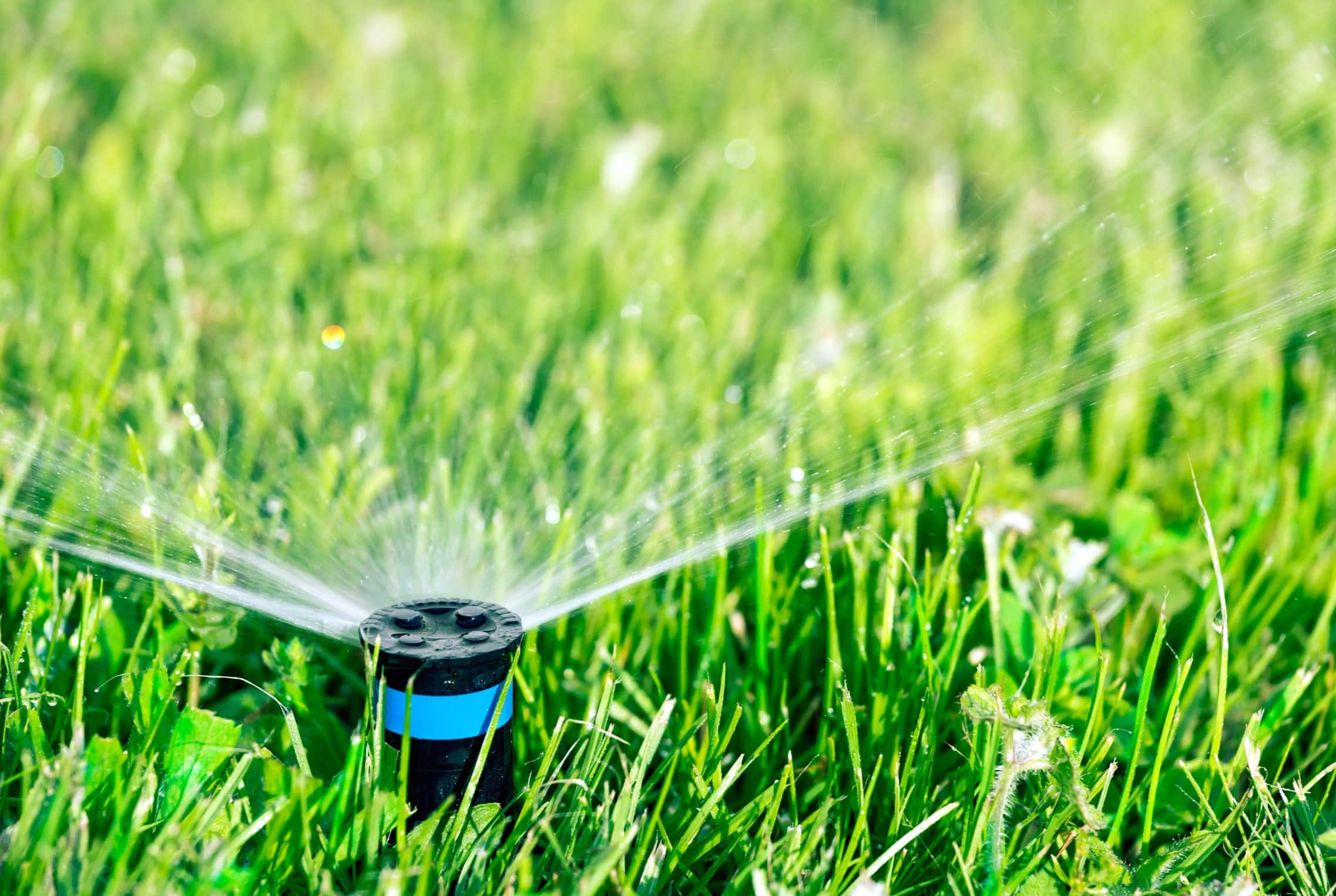
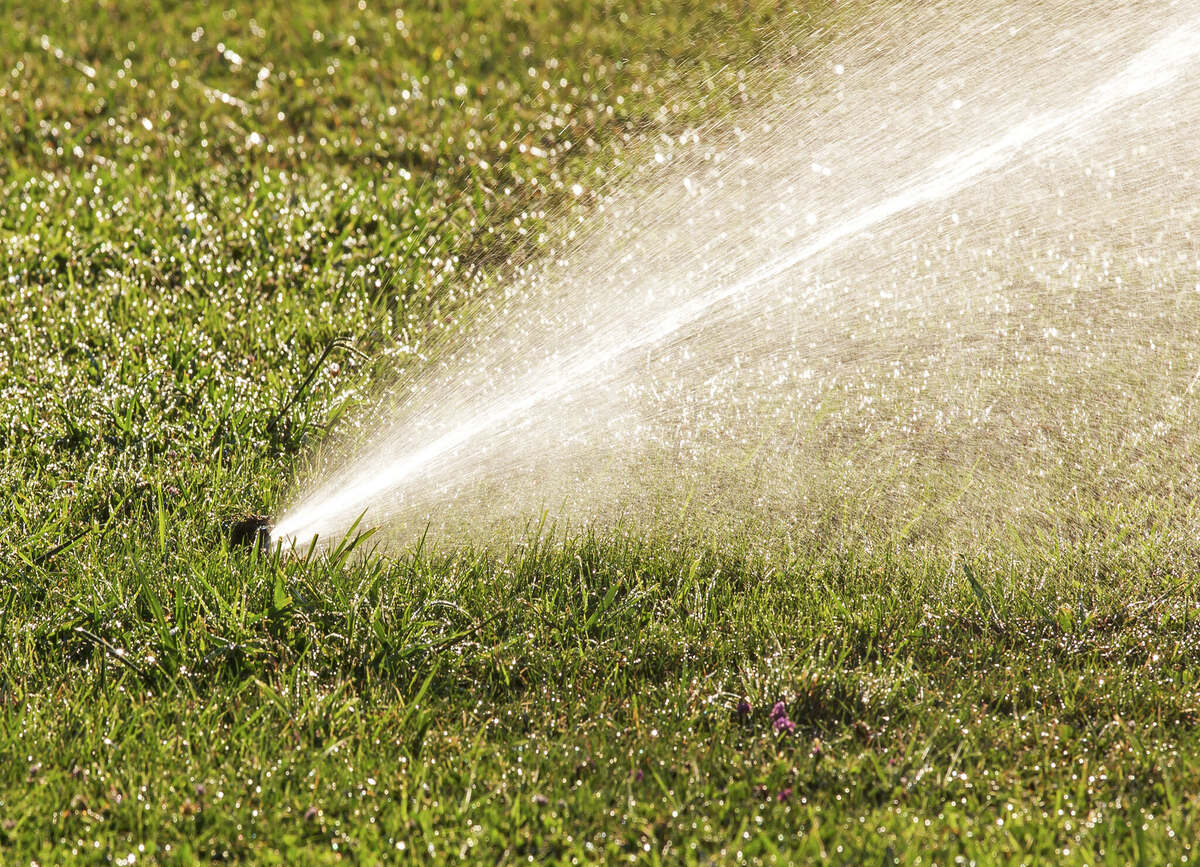
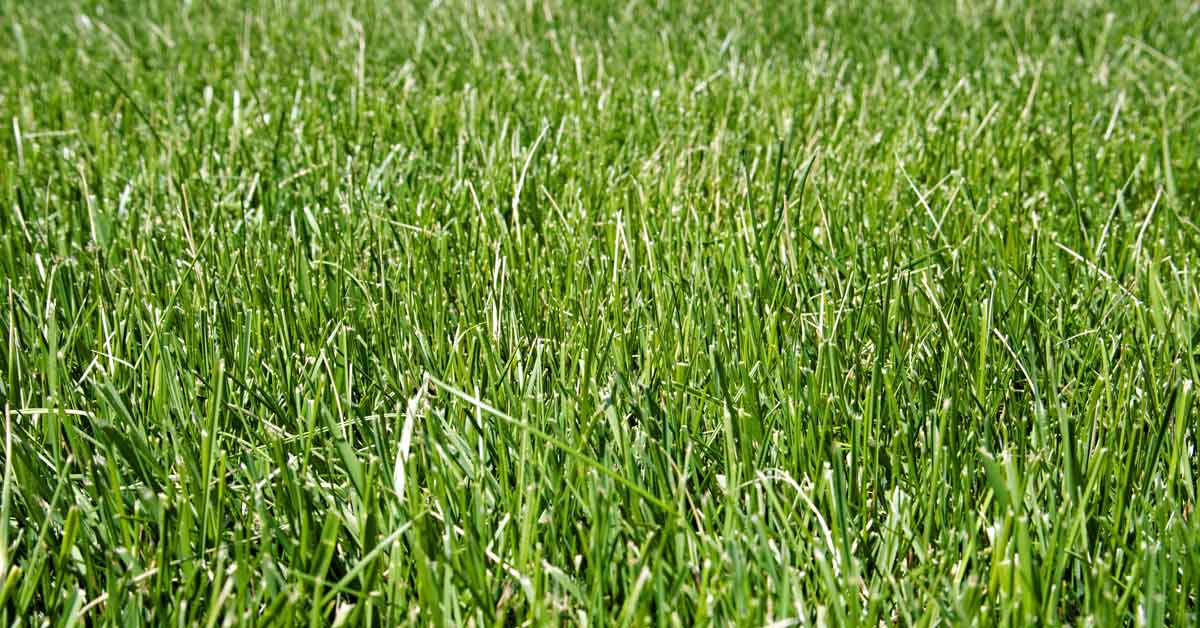
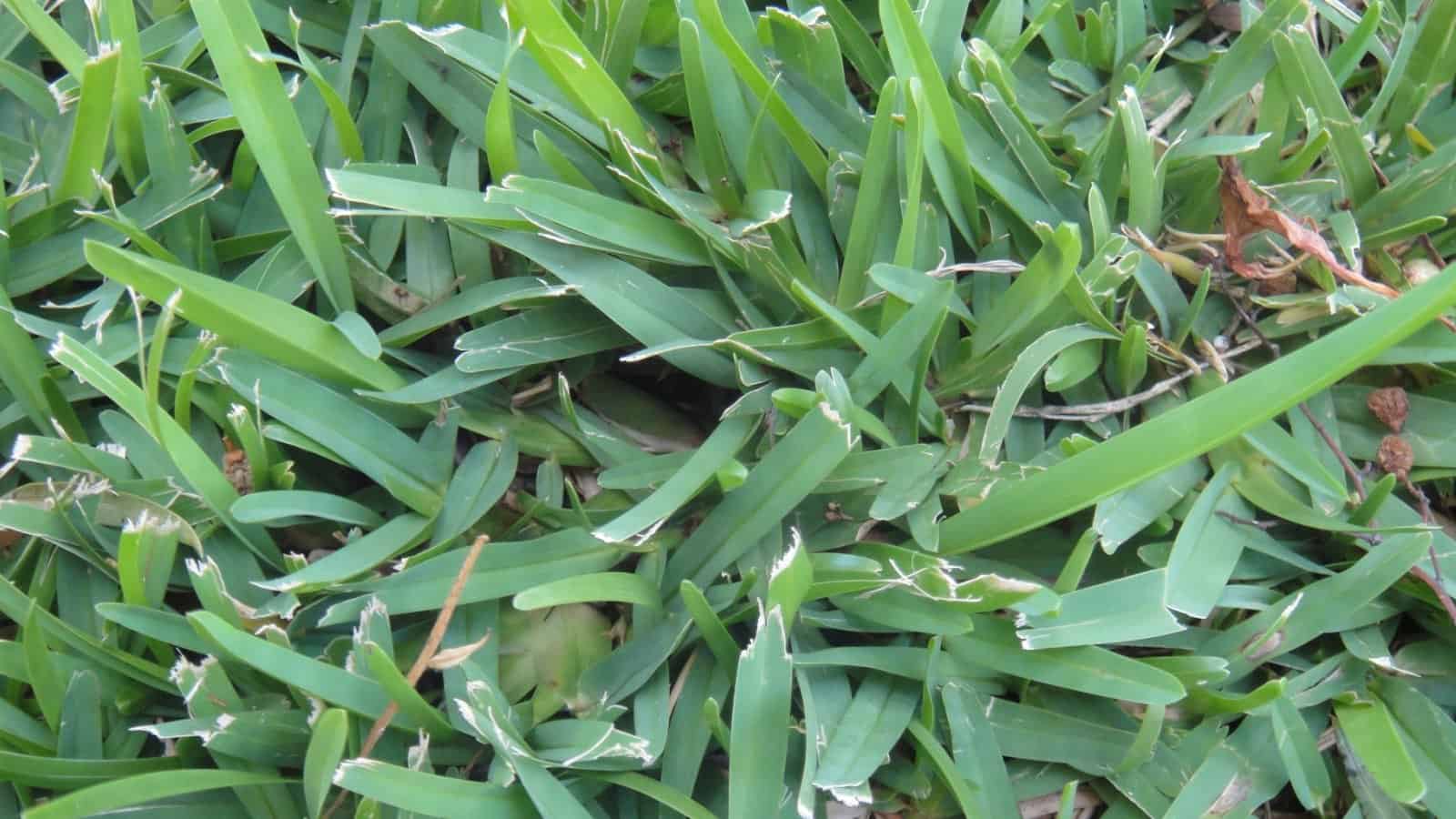
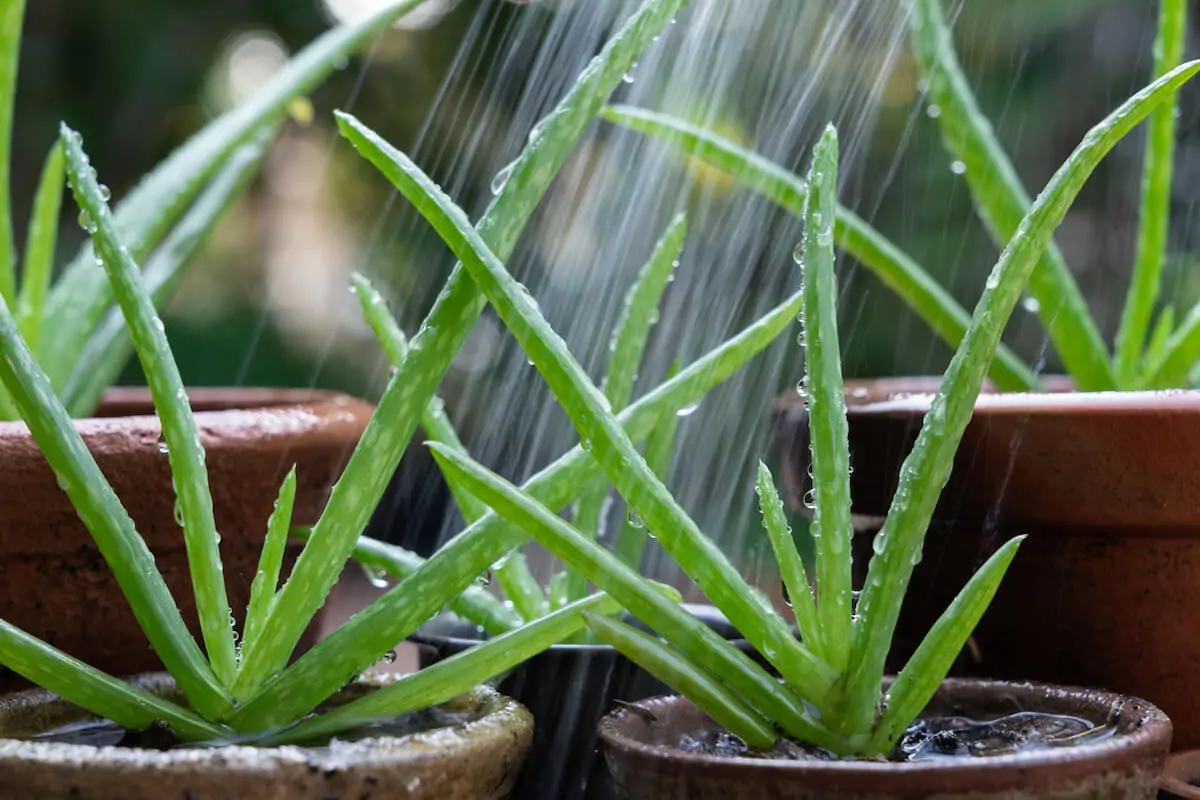

0 thoughts on “How Often Should We Water Grass”